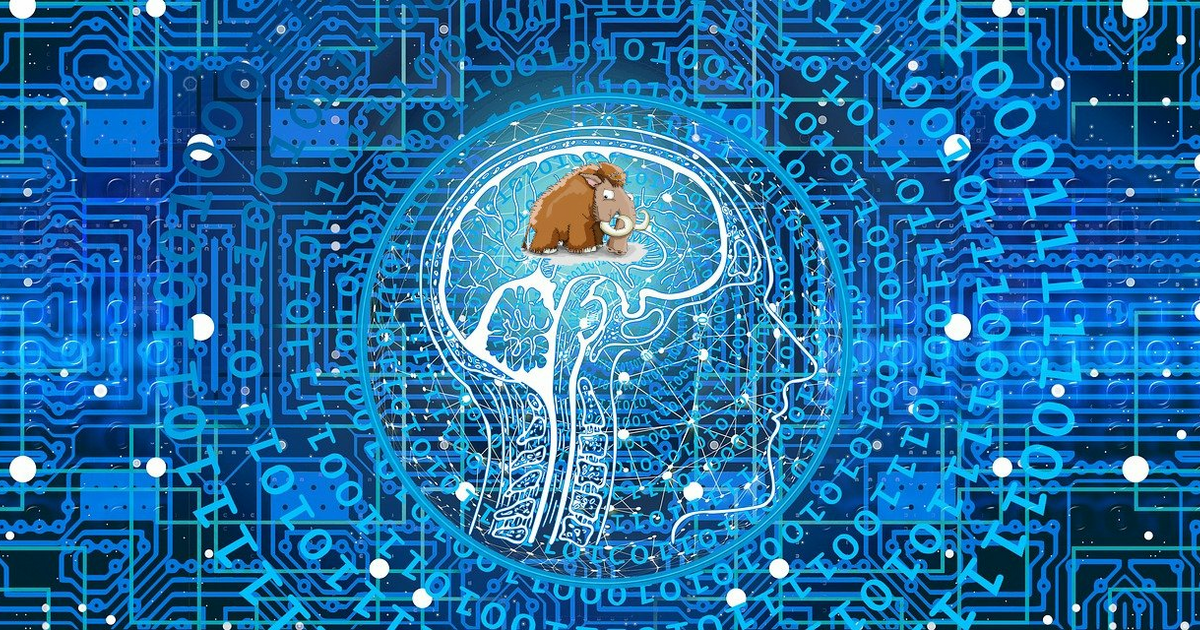#protists
Single-celled organisms set for greater role in #gut #health
Perhaps the most neglected players of all, however, are also among the largest and most complex: single-celled #organisms called #protists.
Job - Alert
RESEARCH ASSISTANT / PHD STUDENT (ALL GENDERS) - CELL BIOLOGY OF THE VAMPIRE AMOEBAE
Deadline: 2025-06-15
Location: Germany, Darmstadt, Hessen
EukFunc: A Holistic Eukaryotic Functional Reference for Automated Profiling of Soil Eukaryotes
https://onlinelibrary.wiley.com/doi/abs/10.1111/1755-0998.14118
Giant viruses integrate into the genomes of money protists. Our latest study adds the model protist Euglena to the list
"Giant endogenous viral elements in the genome of the model protist Euglena gracilis reveal past interactions with giant viruses"
After 7,000 years without light and oxygen in #BalticSea mud, researchers bring prehistoric #algae back to life https://phys.org/news/2025-03-years-oxygen-baltic-sea-mud.html
Resurrection of a #diatom after 7000 years from anoxic Baltic Sea sediment: Sarah Bolius et al. https://academic.oup.com/ismej/article/19/1/wrae252/7942337
"Such deposits are like a time capsule containing valuable information about past ecosystems and the inhabiting biological communities, their population development and genetic changes"
#ISEPpapers 26: October 2024 to March 2025 https://www.isep-protists.com/post/iseppapers-26
Your twenty-sixth digest of papers and preprints published by members of the International Society for Evolutionary Protistology is here!
New #ISEPpapers! Hijacking and integration of algal #plastids and #mitochondria in a polar planktonic host: Ananya Kedige Rao et al. https://www.cell.com/current-biology/fulltext/S0960-9822(25)00392-6
"Hosts steal active plastids, mitochondria, and nuclei from the microalga #Phaeocystis... Stolen plastids increase in volume, and their photosynthetic activity is boosted... Stolen mitochondria transform into a network in close association with plastids"
Wonderful discovery for #protists #independentresearch #microscopy #microbiology folks. Check out a new zine called "Amoeba Discovery":
https://stefanluketa.com/amoeba-discovery/
I never thought very much about protists/amoebas, and reading this volume was a fascinating introduction to what seems to be an understudied field.
Now I'm wondering how I might isolate and sequence some interesting samples!
My at-home algal cultivation hobby is going well. I am surprised thst soil samples are the best for growing new green algae - more so than pond water.
Pink snow tints the edges of Antarctica https://english.elpais.com/science-tech/2025-03-24/pink-snow-tints-the-edges-of-antarctica.html
"The #algae that covers Mount Reina Sofía in patches is Sanguina nivaloides, a species first described in 2019. The meaning of its scientific name in Latin is eloquent: blood in the snow. Each creature has a single cell, about 20 thousandths of a millimeter in size, with a molecule inside that gives it its characteristic red color: #astaxanthin... the same pigment that produces the color of salmon"
Ancient marine organism's dual-layer structure reveals both past and present ocean environments https://phys.org/news/2025-02-ancient-marine-dual-layer-reveals.html
A cosmopolitan calcifying benthic #foraminifera in agglutinated disguise as a geochemical recorder of coastal environments https://www.pnas.org/doi/10.1073/pnas.2413054122
"This species has a remarkable hidden feature—an inner shell made of calcium carbonate beneath its outer layer of gathered particles... [this] made them an excellent recorder of environmental conditions."
Maybe some Gonium and Dinobryon, among other algae?
Ciliates party hard in my hay infusion even on a Sunday morning.
New research on #protists sheds light on #DeepSea energy sources https://www.whoi.edu/press-room/news-release/foraminifer/
Array of metabolic pathways in kleptoplastidic #foraminifera supports #chemoautotrophy in dark, euxinic seafloor sediments https://academic.oup.com/ismej/article/19/1/wrae248/7923457 by Fatma Gomaa et al.
"This species takes up unrelated organism’s #chloroplasts — #organelles that perform #photosynthesis... We know #kleptoplasty is happening here, but we needed to understand why this foraminifer is so successful in the dark, without oxygen"
Tiny microbe colonies communicate to coordinate their behavior https://www.uib.no/en/michaelsarscentre/175104/tiny-microbe-colonies-communicate-coordinate-their-behavior
Electrical signaling and coordinated behavior in the closest relative of animals https://www.science.org/doi/10.1126/sciadv.adr7434
"A new study reveals evidence of electrical signaling and coordinated behavior in #choanoflagellates, the closest living relatives of #animals. This elaborate example of cell communication offers key insights into the early #evolution of animal #multicellularity and nervous systems."
New #ISEPpapers! Reduced plastid #genomes of colorless facultative pathogens Prototheca (#Chlorophyta) & retained for membrane transport genes https://bmcbiol.biomedcentral.com/articles/10.1186/s12915-024-02089-4
"relatives of model #algae #Chlorella include two secondarily non-photosynthetic genera – #Helicosporidium (gut #parasites of #insects) and #Prototheca, which are predominantly free-living opportunistic #pathogens of diverse vertebrates, including humans"
New #ISEPpapers! The nature of ‘jaws’: a new predatory representative of #Provora and the ultrastructure of nibbling protists https://royalsocietypublishing.org/doi/10.1098/rsob.240158
"we identified four main microtubular roots... which support the strong feeding apparatus resembling jaws... We also describe a new species, Nibbleromonas piranha sp. nov., and highlight features of its feeding behaviour, which can be so aggressive as to result in cannibalism."
Giant virus encodes key piece of protein-making machinery of cellular life
"Viruses are integral to the functioning of ocean ecosystems, influencing biological productivity, shifting community interactions, and driving evolutionary change,"
https://phys.org/news/2024-12-giant-virus-encodes-key-piece.html
#Phytochromes: The 'eyes' that enable #microalgae to find their way in aquatic depths https://phys.org/news/2024-12-phytochromes-eyes-enable-microalgae-aquatic.html
#Diatom phytochromes integrate the underwater light spectrum to sense depth: Carole Duchêne et al. https://www.nature.com/articles/s41586-024-08301-3
"These photoreceptors enable them to detect changes in the light spectrum in the water column, thereby providing information regarding their vertical position within it."



